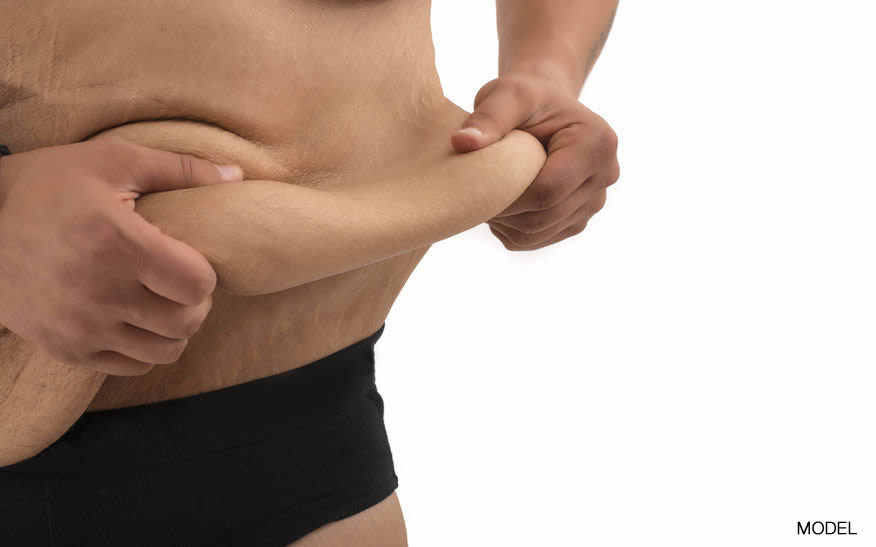Introducing Dr. Faisal Ameer: Expert Rhinoplasty Surgeon
When it comes to rhinoplasty, it is crucial to consult with an experienced and skilled plastic surgeon who specializes in the procedure. Dr. Faisal Ameer is a board-certified plastic surgeon with extensive expertise in rhinoplasty. With a vast experience in performing successful nose reshaping surgeries, Dr. Ameer has established himself as an expert in the field.
Dr. Ameer’s dedication to providing exceptional care and achieving natural-looking results has earned him a stellar reputation among his patients. With a deep understanding of facial aesthetics and an eye for detail, Dr. Ameer ensures that each rhinoplasty procedure is tailored to the individual needs and goals of his patients. He stays updated with the latest advancements in rhinoplasty techniques and materials, enabling him to offer the best possible options to his patients.
Goretex vs Silicone vs Rib Cartilage: The Complication Factor
While Goretex and silicone implants have gained popularity in rhinoplasty procedures, it is important to note that they carry a higher risk of complications compared to rib cartilage. Goretex and silicone implants are synthetic materials that can present challenges in terms of long-term integration and compatibility with the surrounding tissues.
One of the main concerns with Goretex implants is the potential for infection and extrusion. The porous nature of Goretex allows for tissue ingrowth, but it also creates an environment where bacteria can thrive, increasing the risk of infection. Similarly, silicone implants have a higher risk of infection and can lead to problems such as implant displacement or tissue thinning.
Rib cartilage, on the other hand, offers several advantages over synthetic materials. It is a natural and biocompatible material since it is harvested from the patient’s own rib cage. This reduces the risk of rejection or allergic reactions. Rib cartilage provides excellent long-term stability and integration with the surrounding tissues, minimizing the chances of complications such as infection or implant displacement.
Rib Cartilage: Ideal for Major Augmentations
For major augmentations or reconstructions in rhinoplasty, rib cartilage is often considered the best option. Its strength and versatility make it suitable for achieving significant changes in the nasal structure. The ability to sculpt and shape rib cartilage allows for precise customization, ensuring natural-looking and harmonious results.
Using rib cartilage in rhinoplasty procedures also eliminates the risks associated with synthetic materials. Since it is the patient’s own tissue, there is a lower risk of complications such as infection, rejection, or implant displacement. Rib cartilage provides a stable framework that can support long-lasting aesthetic results.
Dr. Faisal Ameer, with his vast experience in rhinoplasty, personally prefers rib cartilage for major augmentations. He believes in utilizing the body’s natural resources to achieve optimal outcomes and minimize the risk of complications associated with synthetic materials.
Frequently Asked Questions (FAQs)
Q: Is rhinoplasty a painful procedure?
A: The level of discomfort experienced during rhinoplasty can vary from person to person. However, surgeons take measures to ensure patients are comfortable throughout the procedure and during the recovery period. Pain medication is prescribed to manage any post-operative discomfort.
Q: How long does it take to recover from rhinoplasty?
A: The recovery time after rhinoplasty can vary depending on the individual and the extent of the procedure. Generally, it takes about one to two weeks for the initial swelling and bruising to subside. However, complete healing and final results may take several months.
Q: Can Goretex, silicone, or rib cartilage implants be removed or revised if needed?
A: Yes, all three materials can be removed or revised if necessary. However, the process may require an additional surgery and should be discussed with your plastic surgeon.
Q: Are there any risks or complications associated with rhinoplasty using Goretex, silicone, or rib cartilage?
A: Like any surgical procedure, rhinoplasty carries certain risks and potential complications. These can include infection, bleeding, poor wound healing, asymmetry, and dissatisfaction with the aesthetic outcome. It is essential to consult with an experienced plastic surgeon who can discuss these risks in detail and provide guidance based on your individual case.
Q: How long do the results of rhinoplasty using Goretex, silicone, or rib cartilage last?
A: The results of rhinoplasty using Goretex, silicone, or rib cartilage can be long-lasting. However, individual factors such as aging, lifestyle, and natural changes in the body can affect the longevity of the results. Maintaining a healthy lifestyle and following post-operative care instructions can help maximize the longevity of the results.
Q: How do I choose the best material for my rhinoplasty procedure?
A: The choice of material for rhinoplasty depends on various factors, including your specific goals, nasal anatomy, and the recommendations of your plastic surgeon. Consulting with an experienced rhinoplasty surgeon, such as Dr. Faisal Ameer, will help you determine the most suitable option based on your unique needs and desired outcome.
Conclusion
When considering the best options for rhinoplasty, it is essential to weigh the benefits and risks associated with each material. While Goretex and silicone implants have their advantages, the high rate of complications and the potential for long-term issues make rib cartilage a superior choice for major augmentations. Consulting with an expert plastic surgeon like Dr. Faisal Ameer will help you make an informed decision based on your individual needs and goals.
Remember, this article provides general information and should not replace personalized medical advice. Consult with a qualified plastic surgeon to determine the most suitable approach for your rhinoplasty procedure.






